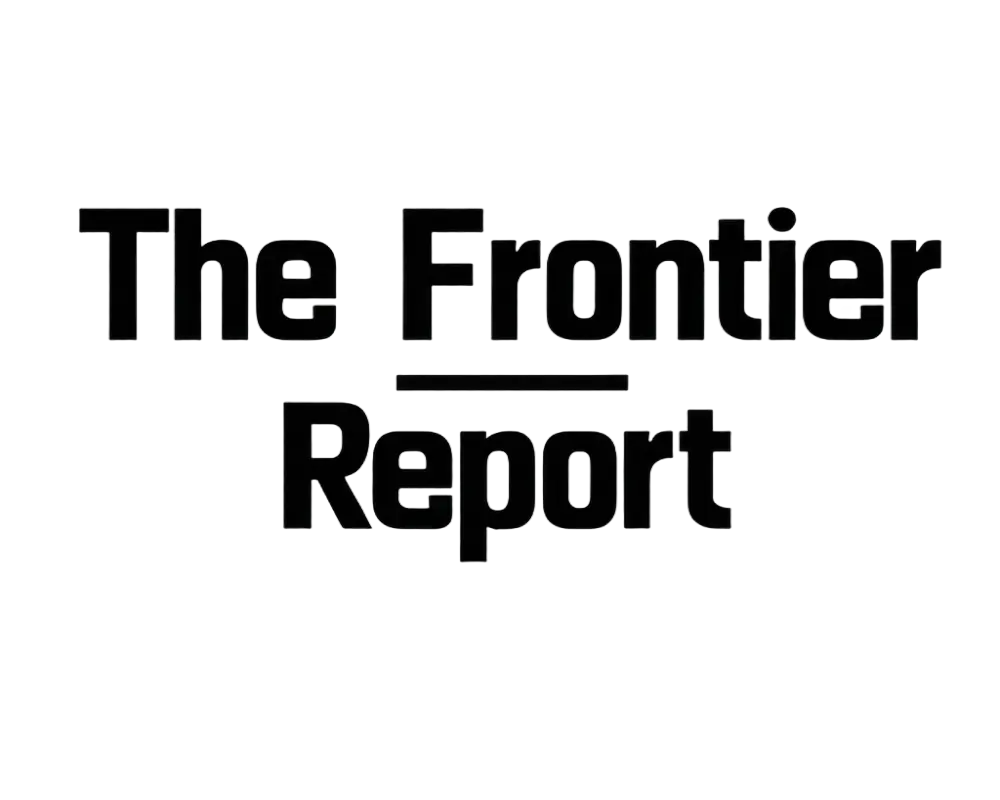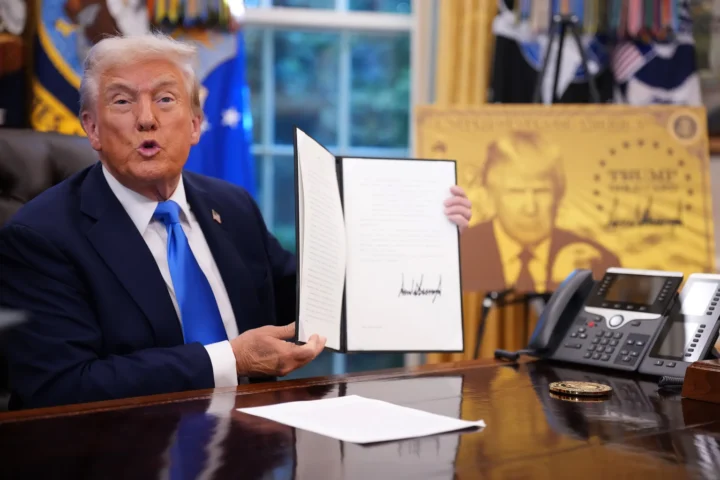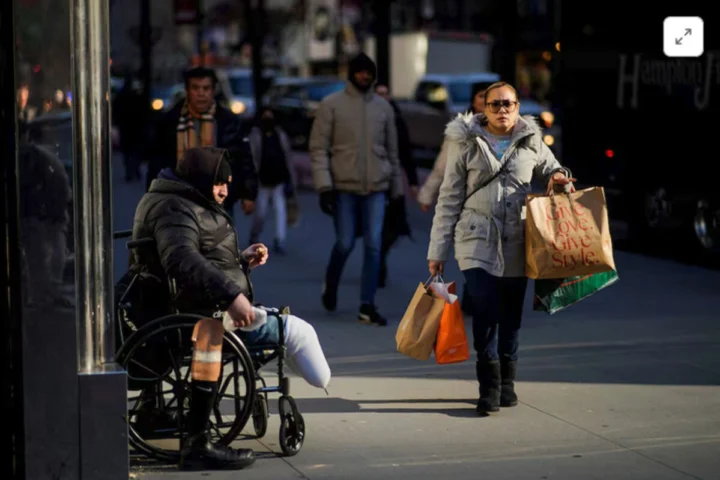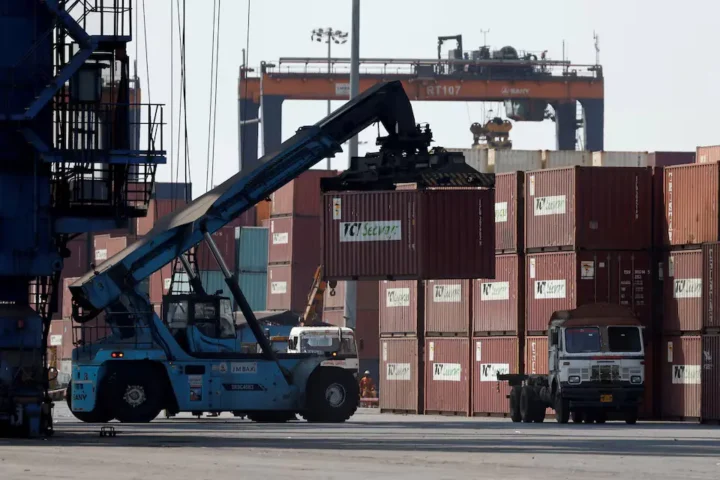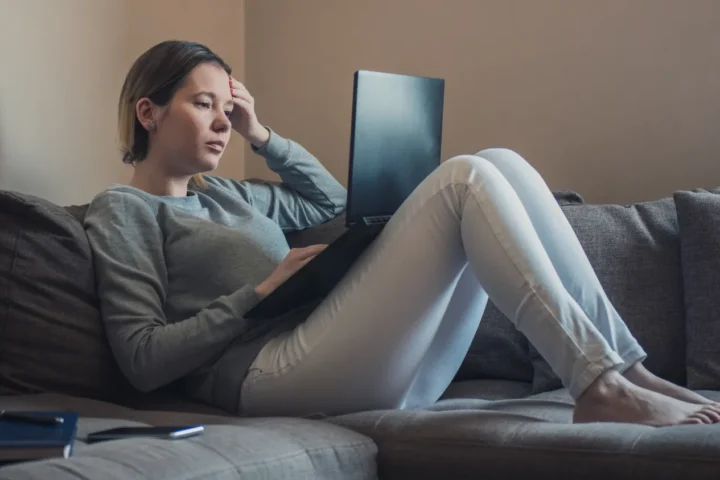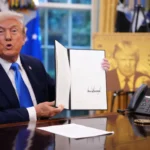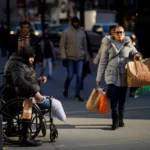Bad Bunny’s is doing something no other artist has done for Puerto Rico. His three-month concert residency, No Me Quiero Ir de Aquí (“I Don’t Want to Leave This Place”), isn’t just selling tickets—it’s rewriting what tourism, pride, and cultural power look like on the island.
Over 600,000 people are expected to attend 30 shows. Hotels are full. Flights are up. Streets are packed. Fans from around the world are flying in, and the local economy is finally seeing real money flow straight into it. This isn’t hype—it’s happening.
An Economic Engine Fueled by Music
The impact is big and measurable. Hotel packages alone are projected to bring in close to $200 million. When tickets went live, more than 25,000 packages sold in a single day. Air travel jumped nearly 7%. Short-term rentals in San Juan and beyond saw a 40–60% spike compared to last year.
But it’s not just airlines and hotels making money. Restaurants, corner stores, barbers, drivers, and tour guides are all cashing in. Fans are paying for everything from hometown tours of Vega Baja to trips to the grocery store where Bad Bunny used to work. That means dollars going straight into working-class pockets—not just resort chains.
For some local businesses, this is the best summer they’ve ever had. Some shop owners doubled their staff just to keep up. And behind the scenes, over 1,000 locals have been hired to help pull this off—stage crews, drivers, hotel staff, dancers, technicians. These are real jobs with real pay, in a place that’s struggled with high unemployment and outmigration for years.
This residency didn’t fix Puerto Rico’s economy. But it helped. And it’s proof that if you put culture at the center, people show up—and spend.
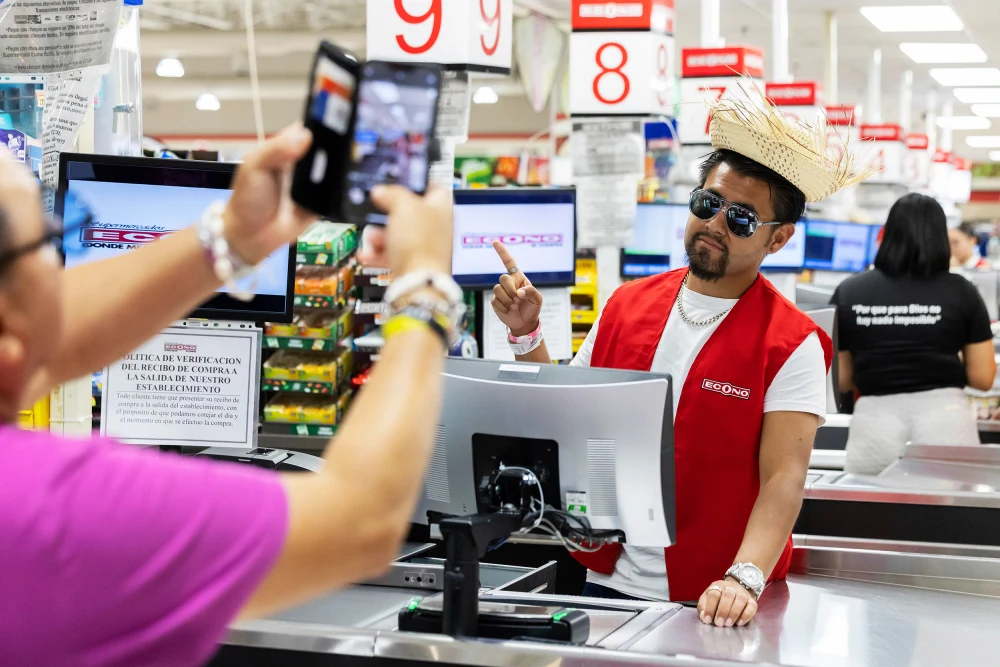
A Cultural Celebration of Puerto Rican Identity
But this isn’t just about money. It’s about who gets to tell Puerto Rico’s story—and who gets to be in the front row. Bad Bunny made sure locals were. The first nine shows? Only Puerto Ricans could buy tickets. Proof of residency required. That move wasn’t symbolic—it was intentional. Locals came first.
The concerts have become more than music. Fans show up in traditional clothes, jíbaro prints, coquí symbols, pava hats. Local designers are having a moment. Celebs are wearing Boricua brands. The residency is putting Puerto Rican fashion, art, and identity front and center for a global audience.
On stage, Bad Bunny doesn’t hold back. The visuals hit hard—power outages, Hurricane Maria, colonialism, resistance, pride. He makes it clear: Puerto Rico is more than beaches and piña coladas. It’s a place with real struggle, real beauty, and a culture worth fighting for.
He’s using the spotlight to show what the island’s been through and what it’s still facing. He’s not cleaning it up for tourists. He’s showing it raw.
And the residency’s structure forces tourists to engage. Premium tickets come bundled with stays in locally owned hotels. That means visitors don’t just fly in, take Instagram pics, and leave. They stay, they spend, and they learn something.
That matters. Two-thirds of the fans coming are from outside Puerto Rico. That’s not just tourism—that’s attention. And it’s coming at a time when Puerto Rico needs both.
The island has been through it: hurricanes, debt crises, blackouts, corruption, displacement. There’s been loss, but also exhaustion. People here are tired. This residency doesn’t fix that. But it’s a win—something to rally around.
Bad Bunny didn’t ask permission. He didn’t wait for a government plan or a sponsor to tell him how to shape the message. He made his own stage, invited his people in, and told the world to pay attention.
And they are.
As the residency heads into its final weeks, the full effect will take time to measure. But already it’s clear: this is more than a concert series. It’s a cultural shift. A rare moment when art, money, and pride all pointed in the same direction—and it happened in Puerto Rico. On its terms.

